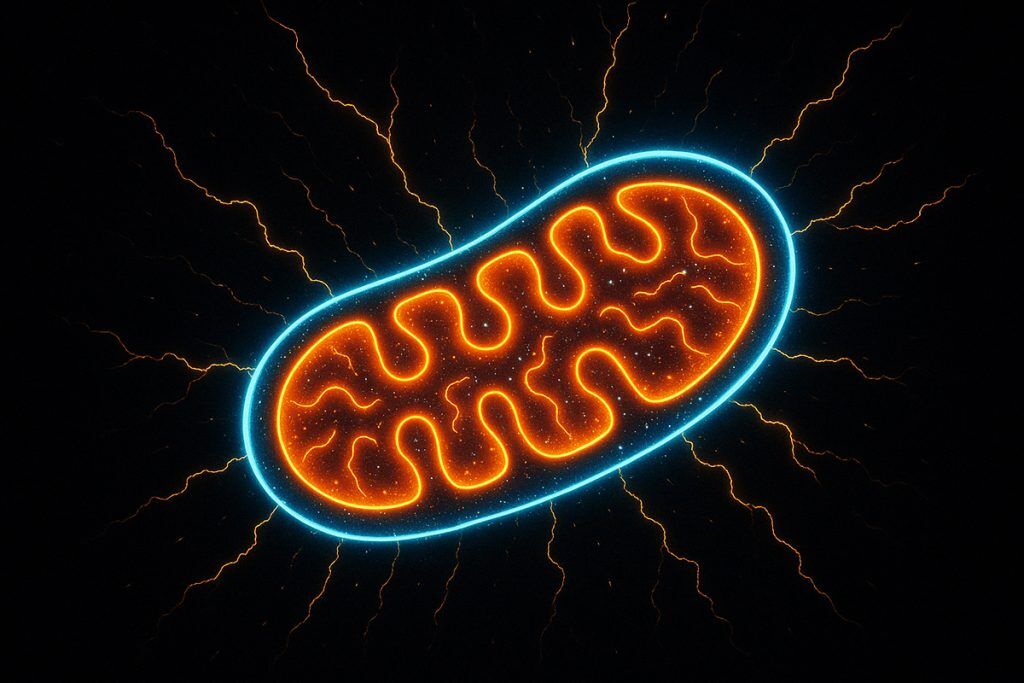
Olive oil, an ancient ingredient, delicious, sometimes called liquid gold….so good for you – right? Well, maybe. A lot has changed over the centuries.
That bottle of olive oil in your kitchen may not be so good for you after all. Here’s a very brief synopsis of what’s happened to olive oil over the centuries and how it affects you.
Centuries ago, olives were crushed with stones by hand and squeezed to get the oil.
Years later the next evolution in production was to crush olives using a grinding stone powered by donkeys or humans moving the stone around a base where olive oil was collected. The photo below is an example of what a grinding stone looked like. I snapped the photo while in Morocco a few years ago while visiting an ancient Roman city.
The grinding stone dates back to many centuries B.C. Some countries still use grinding stones to produce olive oil.
Guess what happens with this process? The oil mixes with air and becomes oxidized greatly reducing freshness and nutrition. Olive oil and wine are two different things when it comes to the air. Air destroys nutrients in olive oil – it doesn’t need to breathe like wine.
Next came the pressing of olives with machinery and/or chemical means – the beginning of mass production of olive oil and increased degradation of quality and nutritional benefit. Mass production of olive oil in olive oil mills makes it available around the world and many times at unbelievably low cost to the consumer – Think Costco where you can buy a liter of the stuff for 16.00 U.S. But it’s rarely if ever extra virgin olive oil that provides nutritional benefits.
And the olives are rarely from one country or pressed within hours of picking. Today we know about nutrients that organically grown olives can provide for health. We know about polyphenols that are highly antioxidant and beneficial, vitamin E and other beneficial nutrients to your health. We can test olive oil to know if it’s nutritious, good for you, or bad for you.
Today we have three categories of olive oil to choose from, the good, the bad and the ugly. My next blog will post about the three categories giving you more knowledge about olive oil than 99% of the world’s population. I’ll condense 10 years of research and study in a few blogs for you.
Then you will understand why I call myself an olive oil aficionado and why after 10 years I’m happy to have found a credible small producer taking olive oil quality to its highest level that provides a real nutritional benefit for you. Ultimately, the choice for what you consume is up to you but at least you’ll be able to make informed decisions.
Visit me on my youtube channel here.
#Olive #Oil #Good



